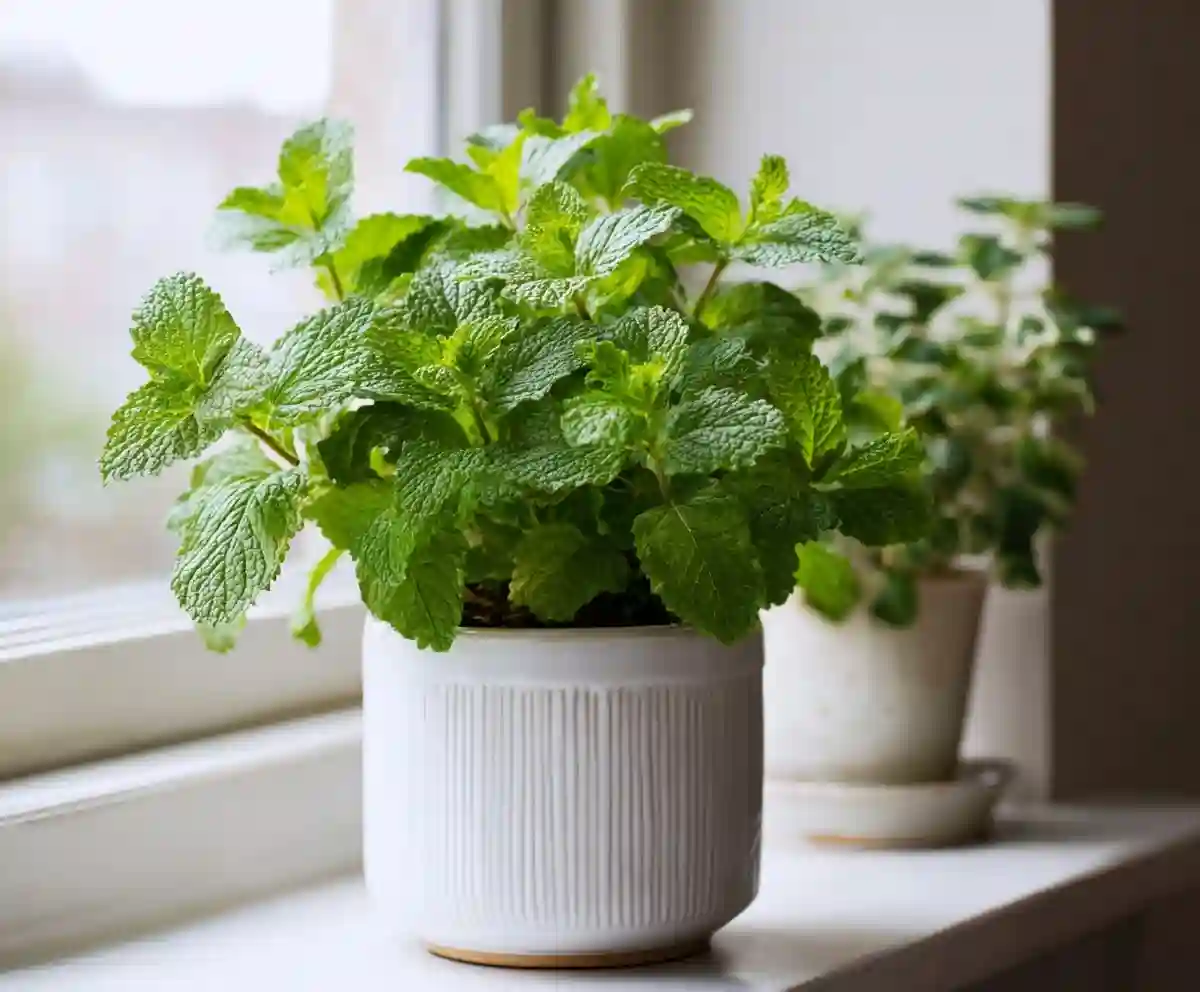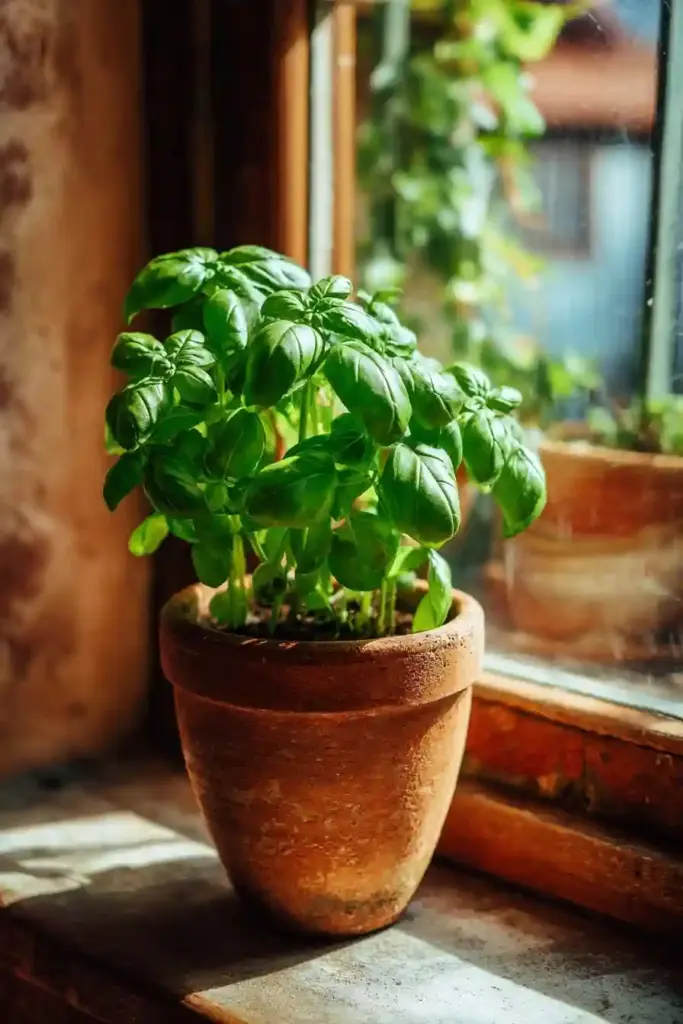When the seasons change and the outdoors seem barren, you don’t have to let your love for fresh herbs go dormant. Indoor herb gardening lets you enjoy a burst of flavor, aroma, and nutrition all year long. Transform your kitchen into a mini oasis and experience the joy of harvesting garden-fresh herbs, regardless of the weather outside.
Why Choose Indoor Herb Gardening?
Indoor herb gardening offers a wealth of benefits:
- Year-Round Freshness: Enjoy a steady supply of basil, mint, rosemary, and more, even in the heart of winter.
- Enhanced Flavors: Elevate your recipes with herbs that are picked at their peak, ensuring vibrant flavors in every meal.
- Health & Nutrition: Fresh herbs add high-impact nutrients to your diet, supporting a healthy lifestyle.
- Eco-Friendly Living: Growing your own herbs reduces reliance on store-bought produce, promoting sustainable practices.
This approach not only brightens your living space but also provides a practical solution to enjoying natural, organic produce without waiting for spring.
Top Indoor Herbs to Cultivate
Choosing the right herbs can elevate your indoor garden and your cooking alike. Here’s a closer look at some of the best options:
Basil
Basil is a must-have for its versatility in dishes like fresh pesto and pasta. This herb thrives in indoor settings when given plenty of sunlight, filling your kitchen with its sweet, aromatic fragrance.
Mint
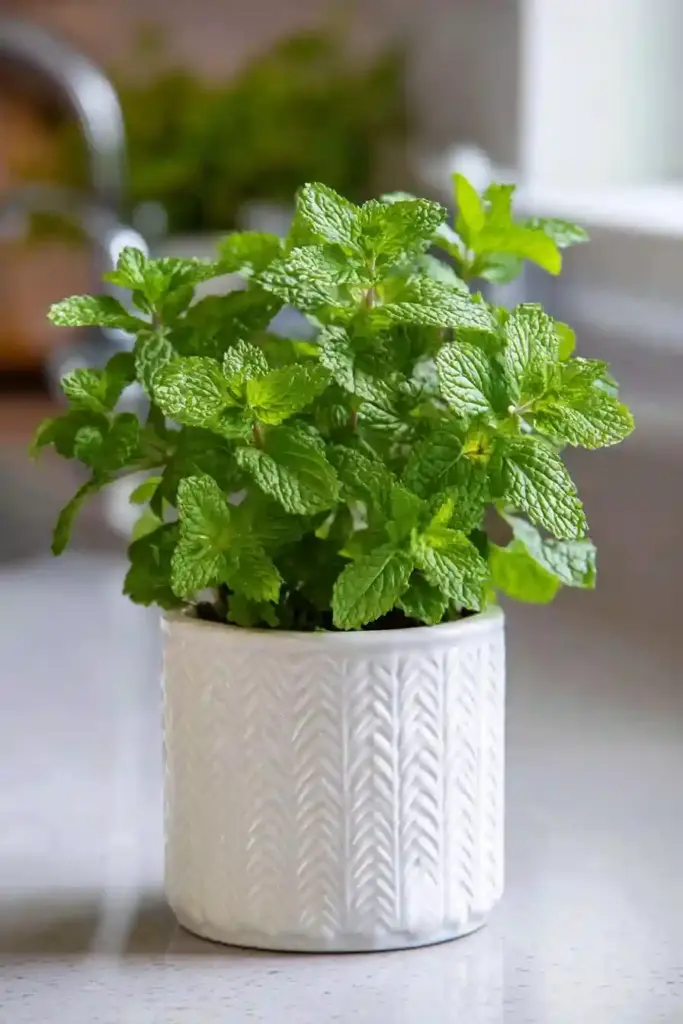
Mint brings a refreshing burst of flavor to beverages and desserts. Its vigorous growth and cool scent make it an excellent choice for indoor herb gardens, perfect for adding a twist to your drinks and recipes.
Oregano & Thyme
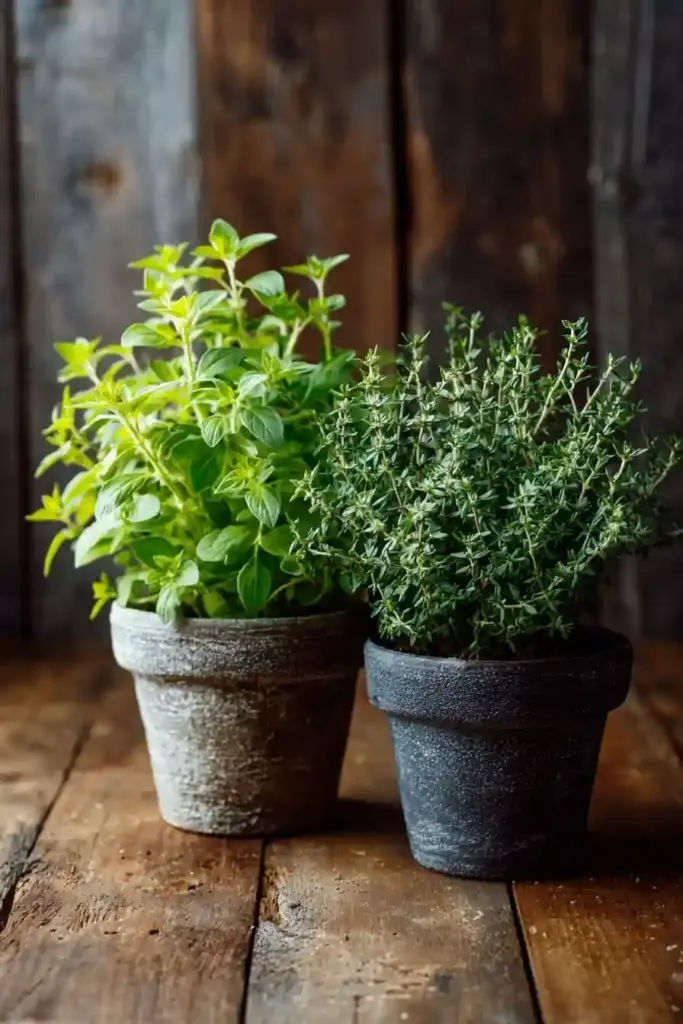
Oregano and thyme pack robust flavors that are ideal for Italian sauces, stews, and grilled dishes. Their adaptability to indoor environments means you can enjoy restaurant-quality flavors all year long.
Rosemary & Sage
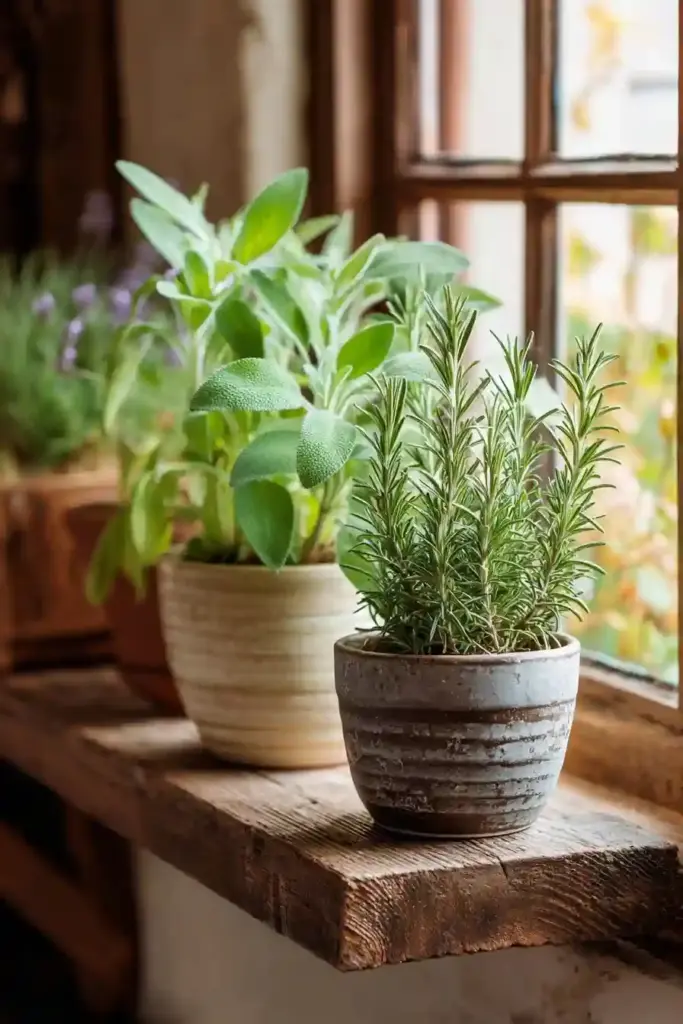
For a touch of earthiness, rosemary and sage are unbeatable. Their distinct aromas and bold flavors enhance roasted meats and vegetables, making them a delightful addition to any indoor garden.
Each of these herbs not only enriches your culinary creations but also adds visual appeal and a natural aroma to your living space. Their ease of care and vibrant growth make them the perfect candidates for indoor cultivation.
Transplanting Your Garden Herbs for Indoor Success
When the outdoor growing season winds down, you can extend the life of your favorite herbs by moving them inside. With a few careful steps, you can ensure your plants continue to thrive even when the temperatures drop.
Preparing for the Move
Before you bring your herbs indoors, take a few important preparatory steps:
- Inspect Your Plants: Examine your herbs for any signs of pests or disease. Look especially on the undersides of leaves where insects like whitefly might hide.
- Clean and Flush: Give your herbs a gentle rinse with water to remove dirt and any unwanted critters. This extra step helps prepare your plants for their new indoor environment.
- Choose the Right Time: Transplant your herbs during the cooler part of the day to minimize stress and shock.
Selecting the Perfect Container
Choosing the right pot is crucial for indoor herb success:
- Optimal Size: Select a container that’s just a bit larger than the plant’s root ball. This allows room for growth without trapping excess moisture.
- Ensure Drainage: Make sure your pot has drainage holes. Good drainage prevents water from stagnating, reducing the risk of root rot.
- Use Quality Potting Mix: A well-balanced potting mix that retains moisture while draining excess water is key for healthy indoor herbs.
Easing the Transition Indoors
Once your herbs are potted, help them settle into their new home:
- Gradual Light Exposure: Start by placing your herbs in a location with indirect light for about a week. This gradual transition helps them acclimate without being overwhelmed.
- Monitor Watering: Indoor environments can be more humid than you think. Allow the top inch of soil to dry out between waterings to avoid overwatering.
- Maximize Sunlight: After the initial acclimation period, move your herbs to a bright, sunny window where they can receive at least four hours of light daily.
Conclusion
Growing herbs indoors isn’t just a winter substitute—it’s a lifestyle choice that enriches your culinary experiences and boosts your overall well-being. By choosing the right herbs, carefully transitioning your garden plants indoors, and following simple care techniques, you can enjoy a constant supply of fresh, vibrant flavors no matter the season. Embrace the benefits of indoor herb gardening to enhance your recipes, uplift your home environment, and embark on a journey toward healthier living.
Ready to transform your kitchen into a green haven? Start your indoor herb garden today and experience the satisfaction of harvesting nature’s best, right at your fingertips.

